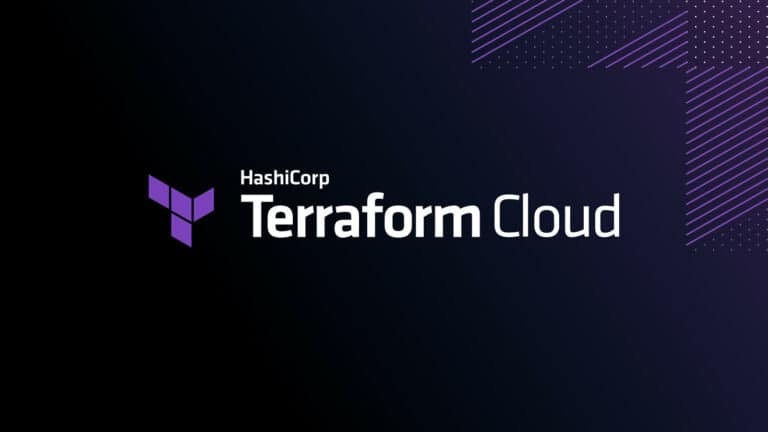HashiCorp introduces Drift Detection, a new feature for Terraform Cloud. Drift Detection recognizes changes to a cloud infrastructure to prevent new modifications from causing unexpected failures and misconfiguration.
HashiCorp develops solutions for infrastructure management, container development and cloud security. One of the cornerstones is Terraform Cloud. The solution provides a universal method for managing the hardware of different vendors and clouds. Instead of multiple interfaces, admins use a single programming language, also known as infrastructure-as-code.
Scalability is a major advantage. Organizations are free to change vendors and providers without having to rehaul infrastructure management processes. Workloads can be deployed in the same way. The expertise of employees is never lost. In this respect, Terraform Cloud is an intermediary. A user describes what should happen to a workload, after which Terraform Cloud translates the assignment and passes it on to a system.
The solution works well, but nothing is perfect. In some cases, Terraform Cloud has an outdated view of the infrastructure. New workflows and infrastructure adjustments are not always registered. Suppose an administrator orders a workload to be deployed on a server. Two seconds later, a second administrator attempts to deploy another workload to the same location. The second administrator is unaware of the first change. Somewhere down the line, both applications crash. A new feature in Terraform Cloud addresses the problem.
Drift Detection
Drift Detection ensures that Terraform Cloud is always aware of the latest infrastructure changes. The solution checks whether its view of an infrastructure matches the actual infrastructure. This is not always obvious, as some environments are managed by both Terraform and other solutions. If the solution detects a difference, it notifies relevant staff to prevent misconfigurations and crashes.
In addition to Drift Detection, Terraform Cloud includes a new framework for testing code. Assignments are automatically reviewed for errors. Finally, twelve new integrations allow code to be scanned using third-party tools, including Snyk, Bridgecrew and Infracost.
